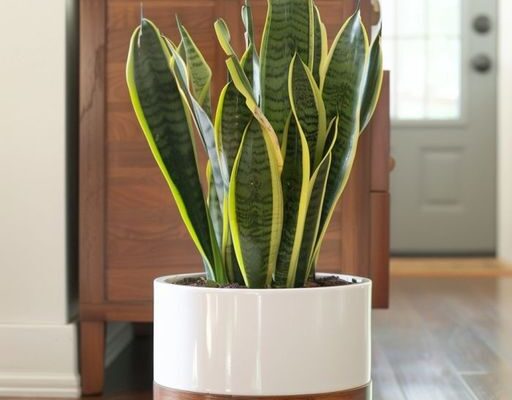The quality of the air inside our homes has a direct impact on our health and well-being. In an era where we spend a significant amount of our time indoors, it has become crucial to ensure that the air we breathe is clean and free of harmful pollutants. Various studies and research have pointed out that one of the simplest and most natural ways to improve indoor air quality is by incorporating certain types of plants. These air-purifying indoor plants not only enhance the aesthetics of your living space but also work to filter and cleanse the air.
By diving into the next part of this article, you’ll discover the tremendous benefits of incorporating these natural air filters into your home environment. Not only will you learn about the unique capabilities of each plant, but you’ll also be equipped with practical tips on how to take care of them. Keep reading to find out which plants can help you breathe cleaner and healthier air.
ADVERTISEMENT
1. Spider Plant (Chlorophytum comosum)
Spider plants are remarkably easy to grow and maintain, making them an excellent choice for beginners. They are known for their ability to filter out formaldehyde and xylene, which are common indoor air pollutants.
2. Snake Plant (Sansevieria trifasciata)
The Snake Plant is a hardy and resilient species that can thrive in low light conditions. It excels at removing toxins such as formaldehyde, benzene, and trichloroethylene from the air.
3. Peace Lily (Spathiphyllum)
Peace Lilies are beautiful, flowering plants that improve air quality by eliminating toxins like ammonia, formaldehyde, benzene, and trichloroethylene. They require minimal light and care, making them perfect for homes and offices.
4. Boston Fern (Nephrolepis exaltata)
Boston Ferns are fantastic natural air humidifiers. They are particularly efficient in removing pollutants such as formaldehyde and xylene from the air. However, they do require a bit more attention in terms of watering and humidity.
5. Aloe Vera
Aloe Vera is not just beneficial for skin treatments; it is also an effective air purifier. This succulent plant helps remove formaldehyde from the air and is incredibly low-maintenance, thriving in indirect sunlight.
6. English Ivy (Hedera helix)
English Ivy is a versatile plant that can be grown in various conditions. It is particularly good at absorbing formaldehyde and benzene. It can be trained to climb or hang, adding a decorative touch to your indoor spaces.
7. Chinese Evergreen (Aglaonema)
Chinese Evergreen plants are popular for their attractive foliage and air-purifying capabilities. They are efficient at removing a variety of pollutants, including benzene and formaldehyde. These plants thrive in low light and are easy to care for.
8. Rubber Plant (Ficus elastica)
Rubber Plants excel at removing toxins such as formaldehyde from the indoor environment. They are hardy and can grow quite large, making them a striking feature in any room
Integrating these air-purifying indoor plants into your home can make a significant difference in the quality of the air you breathe. Not only do they provide a natural way to cleanse the air, but they also add a touch of nature to your living spaces, creating a more serene and healthy environment.



